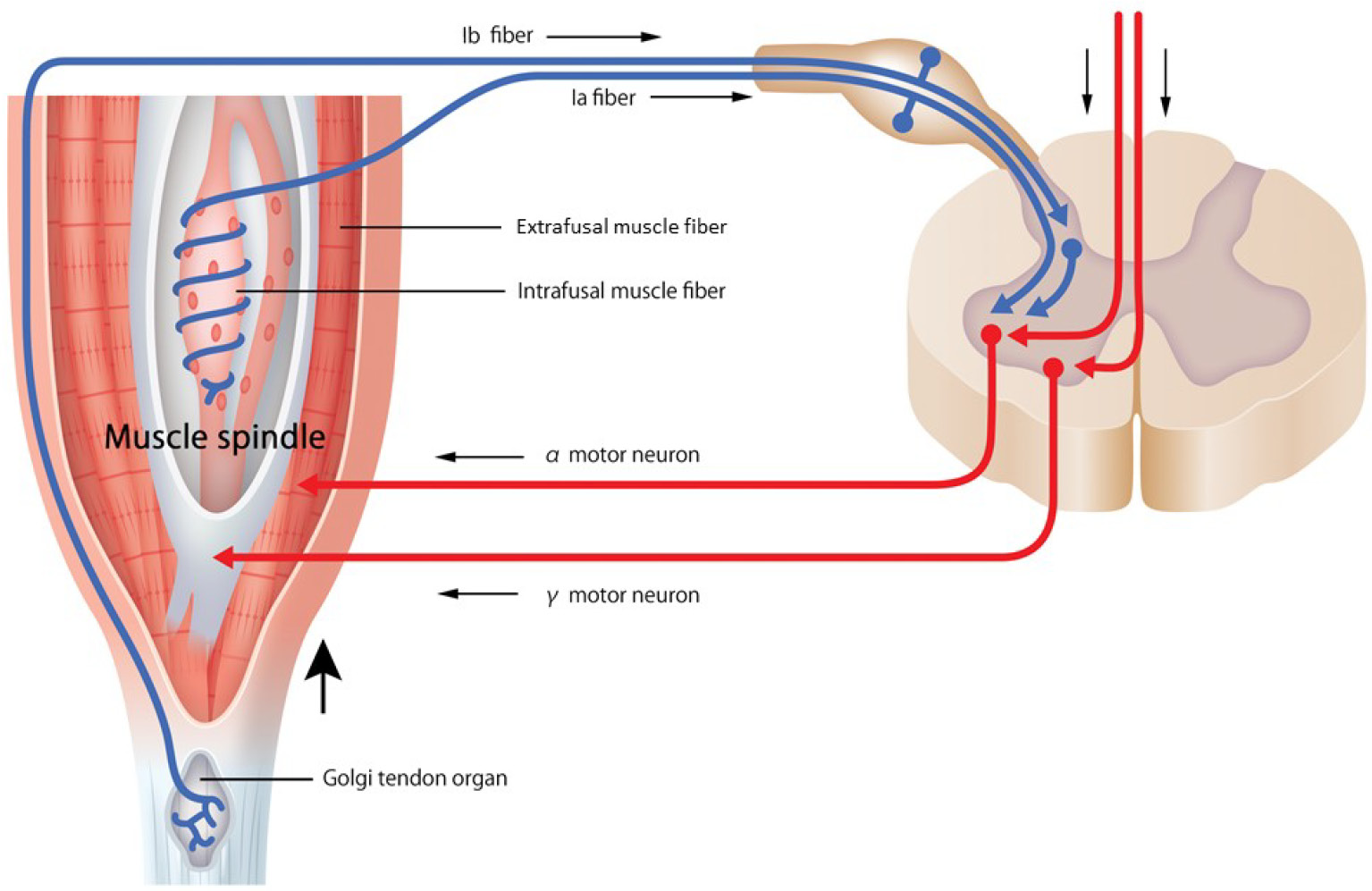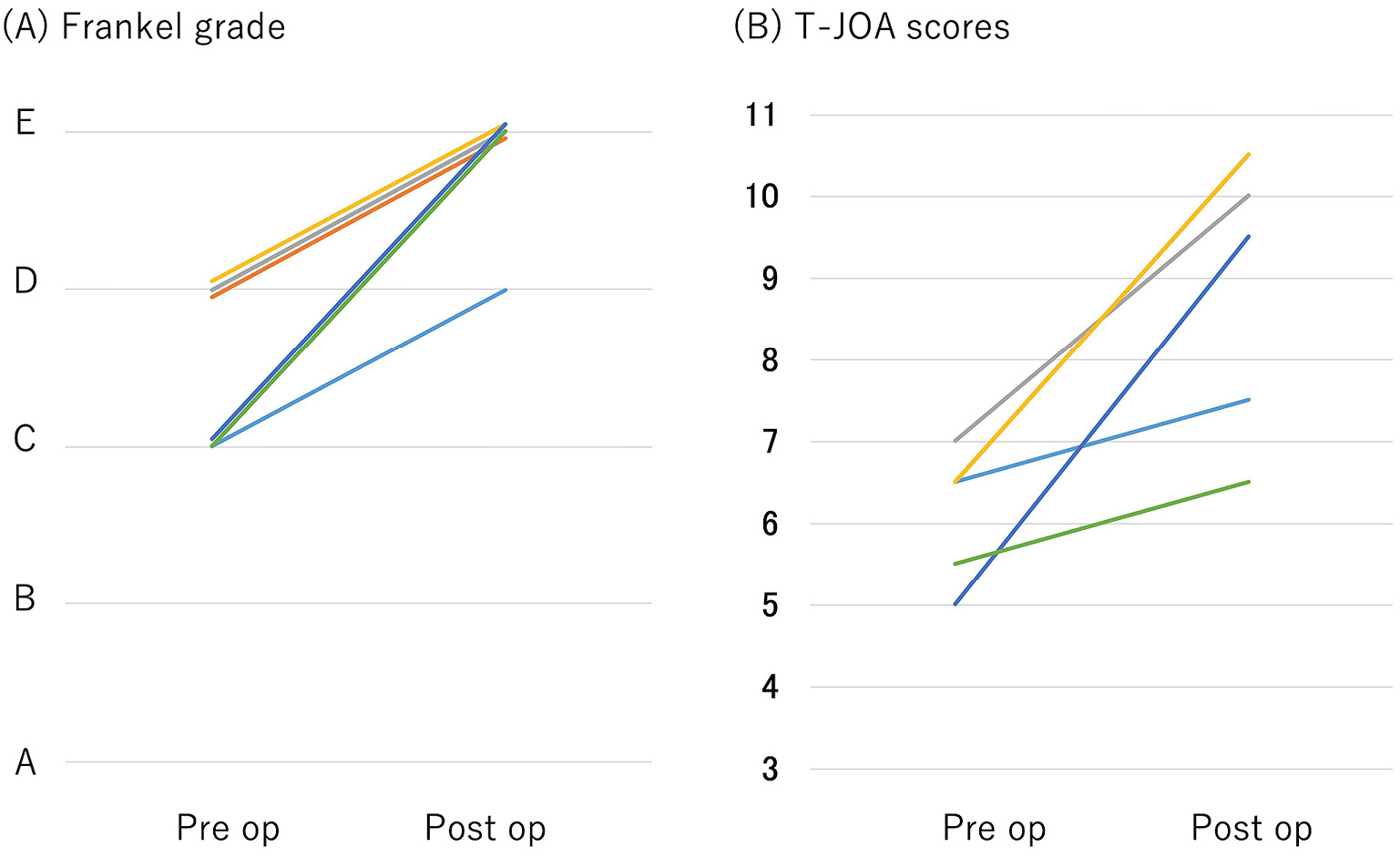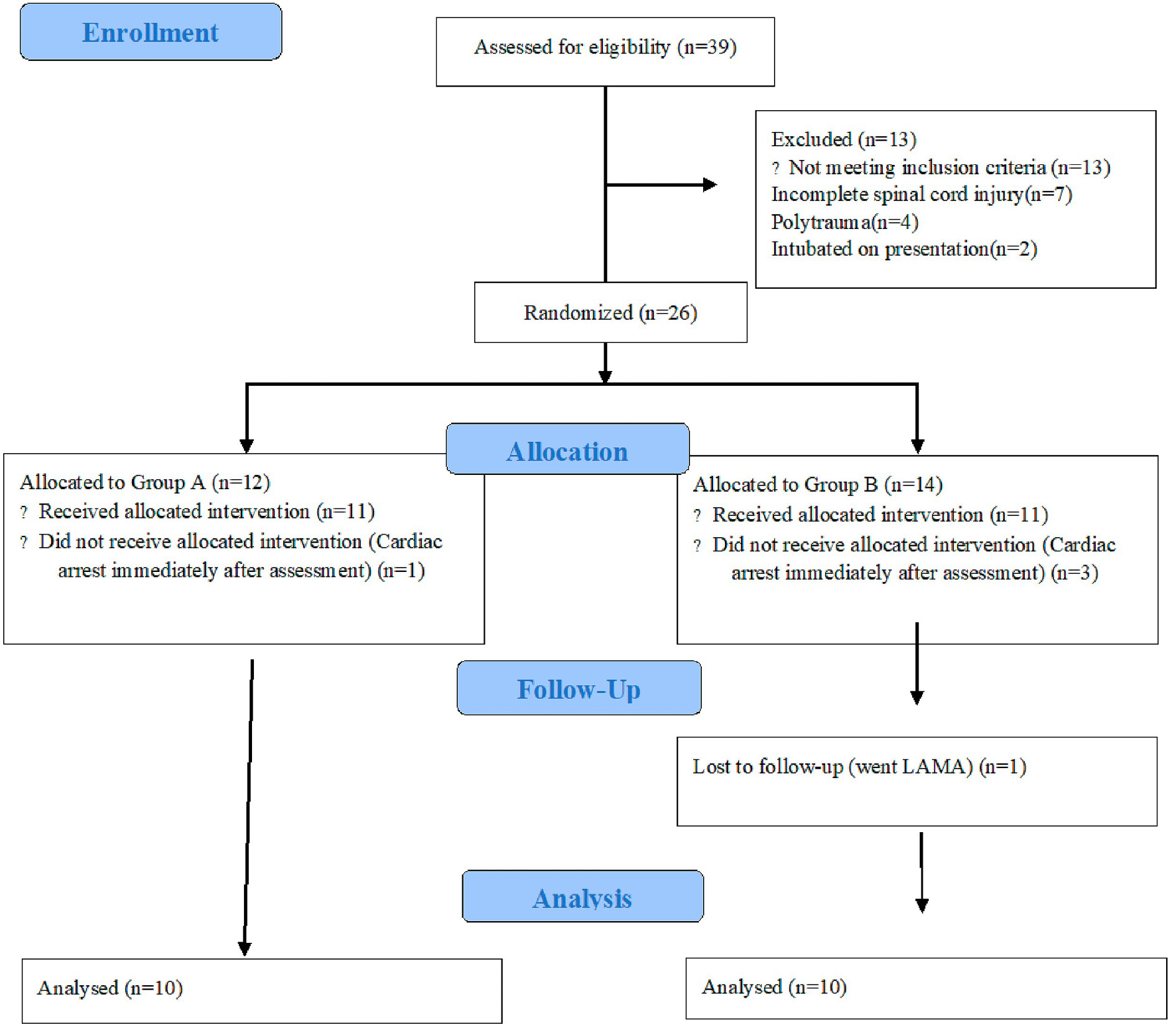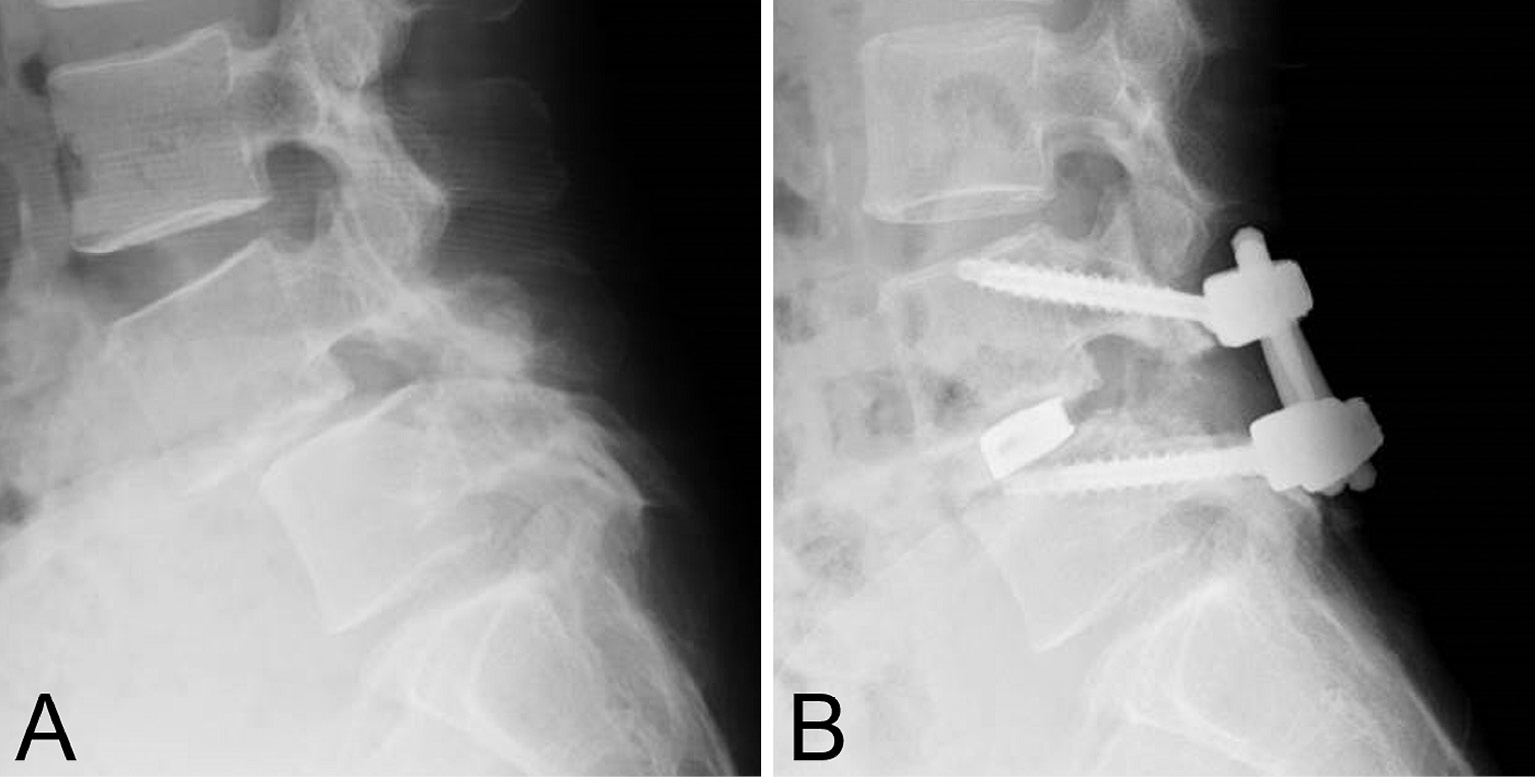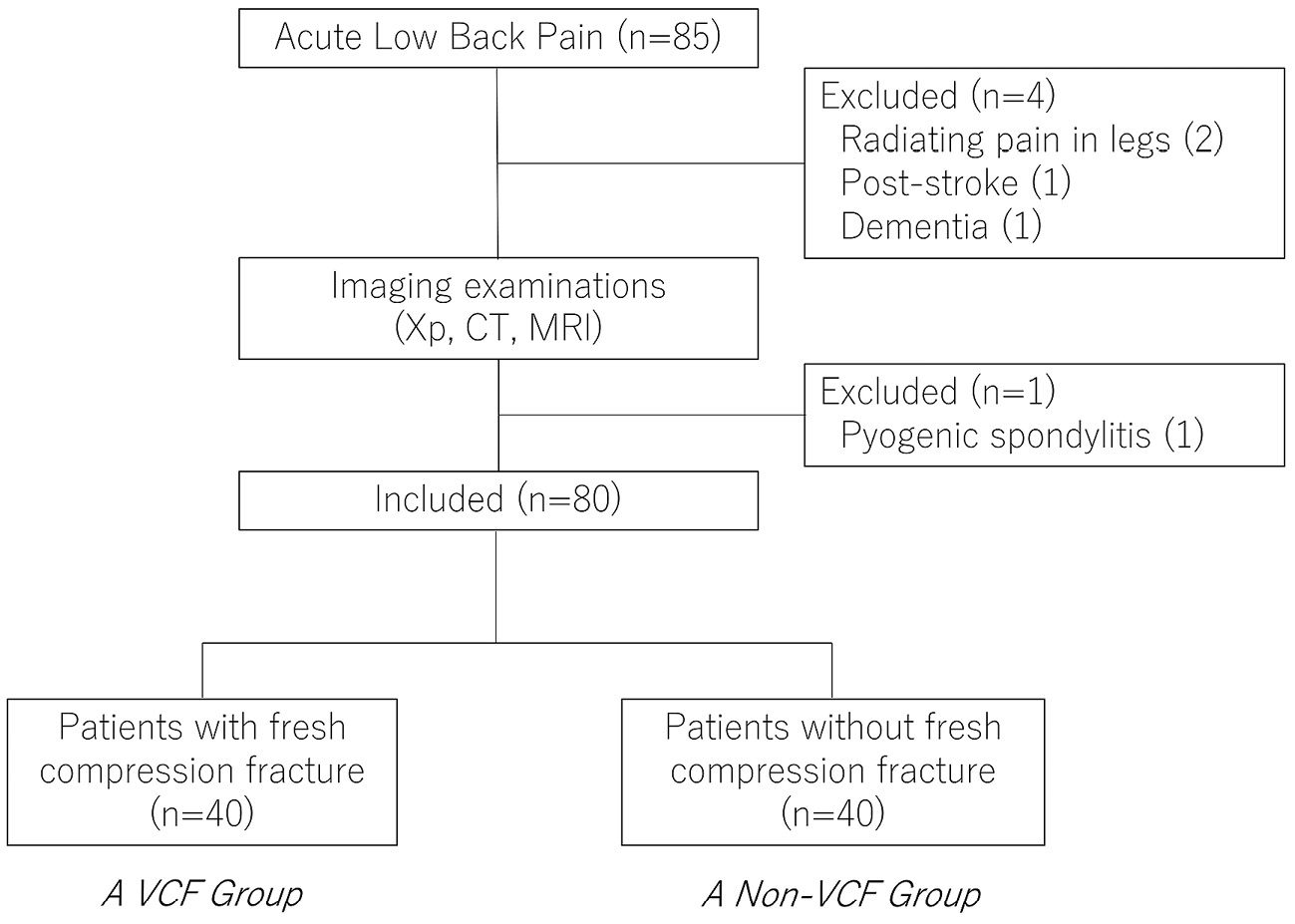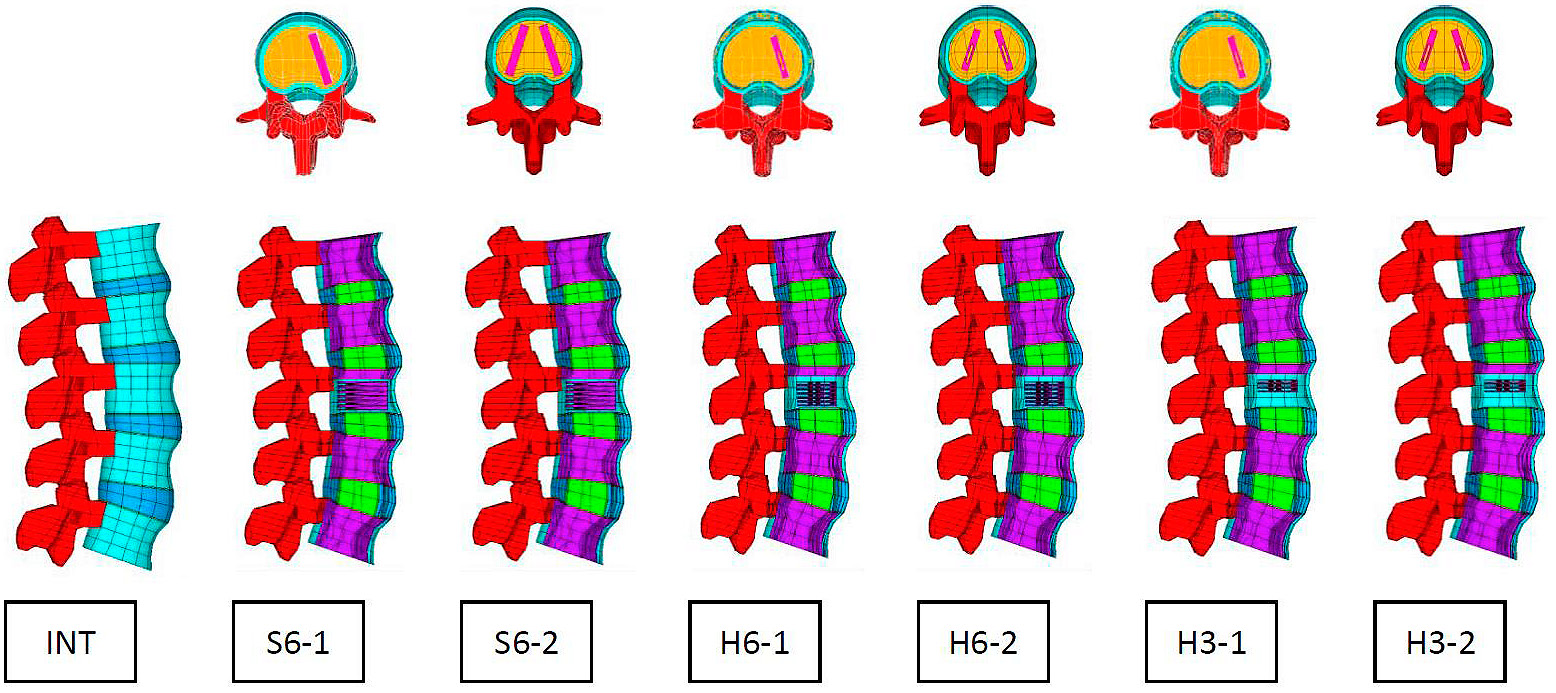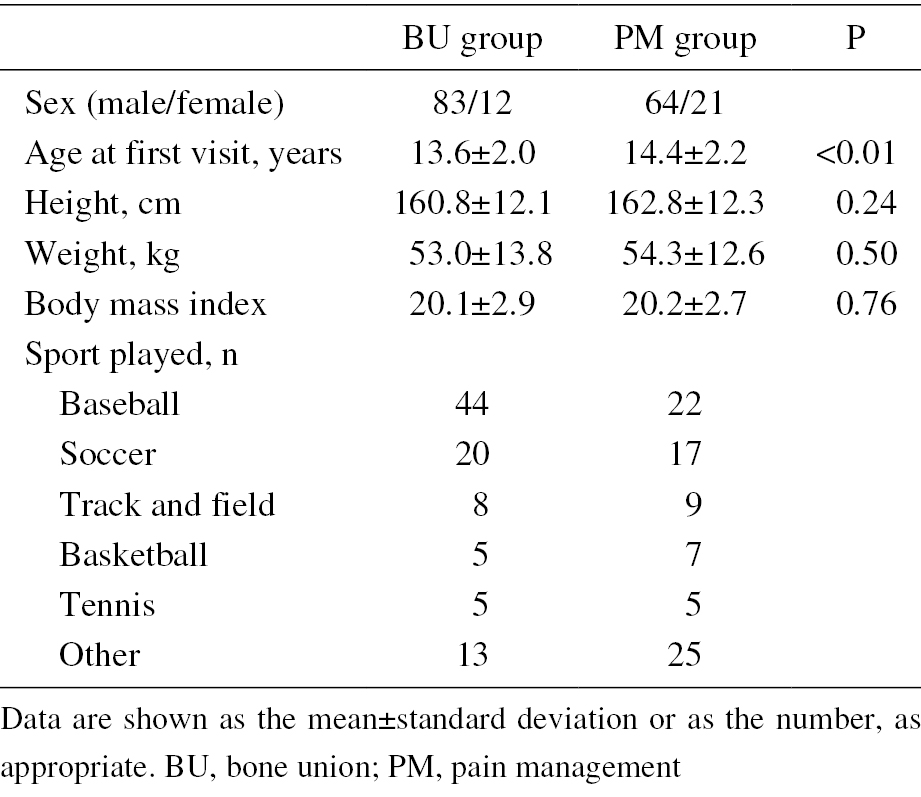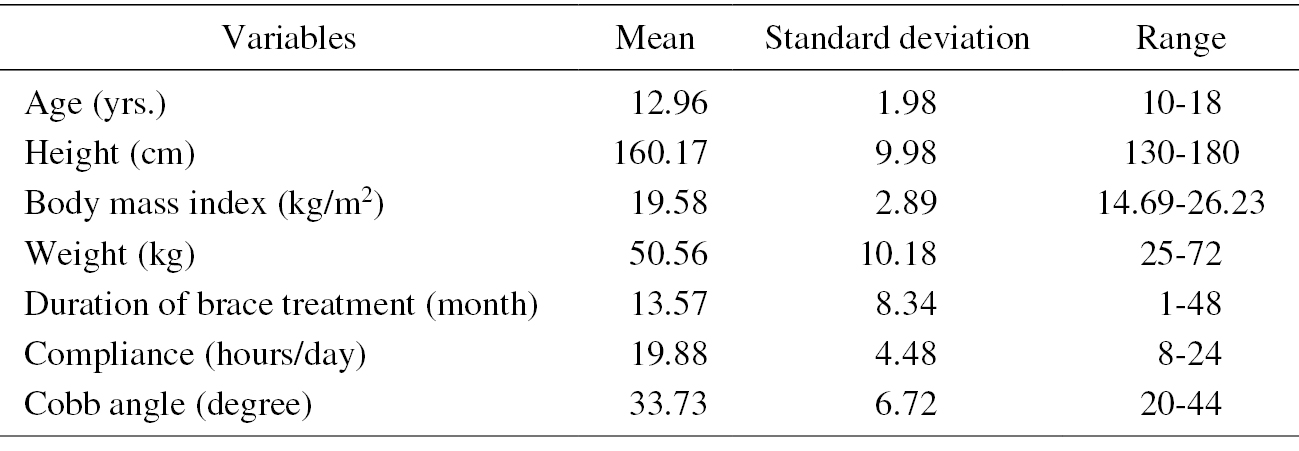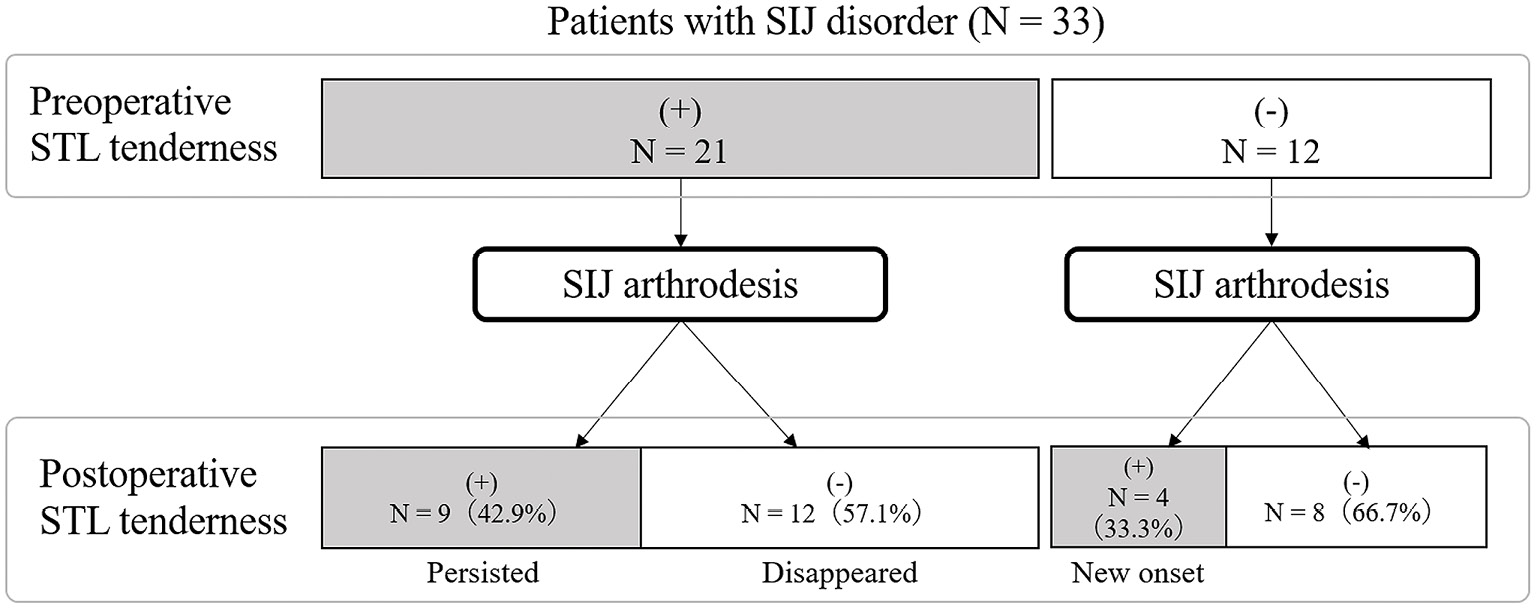Volume 6, Issue 5
Displaying 1-24 of 24 articles from this issue
- |<
- <
- 1
- >
- >|
REVIEW ARTICLE
-
2022Volume 6Issue 5 Pages 416-421
Published: September 27, 2022
Released on J-STAGE: September 27, 2022
Advance online publication: March 04, 2022Download PDF (136K) -
2022Volume 6Issue 5 Pages 422-432
Published: September 27, 2022
Released on J-STAGE: September 27, 2022
Advance online publication: April 12, 2022Download PDF (1094K) -
2022Volume 6Issue 5 Pages 433-442
Published: September 27, 2022
Released on J-STAGE: September 27, 2022
Advance online publication: June 13, 2022Download PDF (648K)
ORIGINAL ARTICLE
-
2022Volume 6Issue 5 Pages 443-447
Published: September 27, 2022
Released on J-STAGE: September 27, 2022
Advance online publication: April 12, 2022Download PDF (328K) -
2022Volume 6Issue 5 Pages 448-452
Published: September 27, 2022
Released on J-STAGE: September 27, 2022
Advance online publication: February 10, 2022Download PDF (602K) -
2022Volume 6Issue 5 Pages 453-459
Published: September 27, 2022
Released on J-STAGE: September 27, 2022
Advance online publication: February 10, 2022Download PDF (264K) -
2022Volume 6Issue 5 Pages 460-463
Published: September 27, 2022
Released on J-STAGE: September 27, 2022
Advance online publication: February 10, 2022Download PDF (81K) -
2022Volume 6Issue 5 Pages 464-471
Published: September 27, 2022
Released on J-STAGE: September 27, 2022
Advance online publication: April 12, 2022Download PDF (351K) -
2022Volume 6Issue 5 Pages 472-479
Published: September 27, 2022
Released on J-STAGE: September 27, 2022
Advance online publication: February 10, 2022Download PDF (242K) -
2022Volume 6Issue 5 Pages 480-487
Published: September 27, 2022
Released on J-STAGE: September 27, 2022
Advance online publication: February 10, 2022Download PDF (1037K) -
2022Volume 6Issue 5 Pages 488-496
Published: September 27, 2022
Released on J-STAGE: September 27, 2022
Advance online publication: February 10, 2022Download PDF (322K) -
2022Volume 6Issue 5 Pages 497-502
Published: September 27, 2022
Released on J-STAGE: September 27, 2022
Advance online publication: February 10, 2022Download PDF (155K) -
2022Volume 6Issue 5 Pages 503-511
Published: September 27, 2022
Released on J-STAGE: September 27, 2022
Advance online publication: February 10, 2022Download PDF (1478K) -
2022Volume 6Issue 5 Pages 512-517
Published: September 27, 2022
Released on J-STAGE: September 27, 2022
Advance online publication: February 10, 2022Download PDF (233K) -
2022Volume 6Issue 5 Pages 518-525
Published: September 27, 2022
Released on J-STAGE: September 27, 2022
Advance online publication: February 10, 2022Download PDF (878K) -
2022Volume 6Issue 5 Pages 526-532
Published: September 27, 2022
Released on J-STAGE: September 27, 2022
Advance online publication: April 12, 2022Download PDF (212K) -
2022Volume 6Issue 5 Pages 533-539
Published: September 27, 2022
Released on J-STAGE: September 27, 2022
Advance online publication: March 04, 2022Download PDF (706K) -
2022Volume 6Issue 5 Pages 540-544
Published: September 27, 2022
Released on J-STAGE: September 27, 2022
Advance online publication: March 04, 2022Download PDF (93K) -
2022Volume 6Issue 5 Pages 545-554
Published: September 27, 2022
Released on J-STAGE: September 27, 2022
Advance online publication: March 04, 2022Download PDF (232K) -
2022Volume 6Issue 5 Pages 555-562
Published: September 27, 2022
Released on J-STAGE: September 27, 2022
Advance online publication: March 04, 2022Download PDF (963K)
TECHNICAL NOTE
-
2022Volume 6Issue 5 Pages 563-568
Published: September 27, 2022
Released on J-STAGE: September 27, 2022
Advance online publication: April 12, 2022Download PDF (719K)
CLINICAL CORRESPONDENCE
-
2022Volume 6Issue 5 Pages 569-572
Published: September 27, 2022
Released on J-STAGE: September 27, 2022
Advance online publication: March 04, 2022Download PDF (618K) -
2022Volume 6Issue 5 Pages 573-576
Published: September 27, 2022
Released on J-STAGE: September 27, 2022
Advance online publication: March 04, 2022Download PDF (432K) -
2022Volume 6Issue 5 Pages 577-580
Published: September 27, 2022
Released on J-STAGE: September 27, 2022
Advance online publication: April 12, 2022Download PDF (592K)
- |<
- <
- 1
- >
- >|


